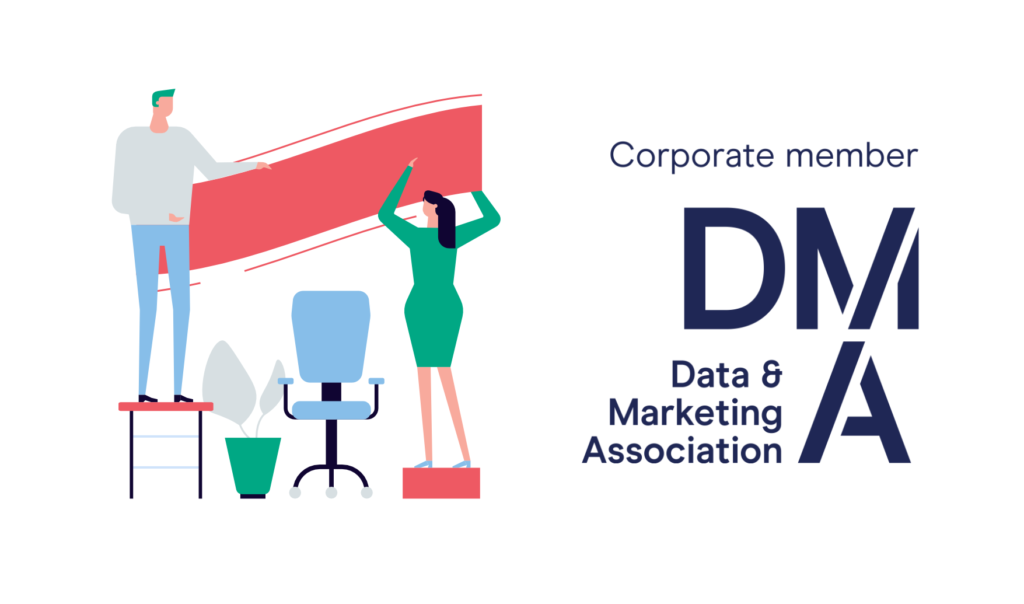Customer Journeys in Marketing Automation
Customer journeys in marketing automation. A core aspect of Marketing Automation is that a purchase activity is typically a multi-stage, multi-touch process and these are usually called Customer Journeys or Programs.
Customer journeys have a start, middle and end, and whilst most people will start at the same point, they will often then take different paths to reach the end goal (which might itself vary). They are designed to achieve a specific set of goals or behaviours, based on a trigger event.
Common Journey examples include:
Acquisition Journeys:
Moving an individual from the point at which you first encountered them to placing their first order. This might start with an enquiry, registration, free download or browsing experience. The goal is to move that individual from being a prospect to a customer, having spent some of their hard-earned money on your products and services.
Welcome Journeys:
Taking someone from their first order to becoming a loyal customer and advocate. Success could take the form of a second order, recommending friends or simply a greater level of brand recognition. Through this type of activity, the aim is to create engaging content and reassure the customer that they did the right thing in purchasing with you. This is also the best time to educate the new customer about the products and services they have purchased.
Cross Sell Journeys:
Most organisations provide multiple products and services. The purpose of a Cross-Sell Journey is to educate our customers about products they do not already hold. These can be peripherally related (savings accounts to current account holders) or complement (such as product insurances or product extensions). Often cross-sell journeys will provide multiple product paths that a customer can follow and drive many different behaviours.
Up Sell Journeys:
Up-sell journeys focus on driving additional purchases of products in similar categories. You can see this regularly in retail where multi-buy promotions drive additional purchase of the same or similar products through “buy two get one free” type messaging. Where your products or services are perishable or can be used up, up-sell journeys focus on buy-it-again messaging.
Retention Journeys:
Whilst there is some debate around the cost of acquiring customers being 5x the cost of retaining existing customers, it is still largely the case. Some argue it is higher, others less so, thanks to the prevalence of broad reach lower cost channels. Either way, others are trying to acquire your customers, so the purpose of a retention program is to manage and support those clients most at risk of leaving. This process can vary wildly by customer. Comparing a less frequently transacted product, for example motor vehicles; in the UK many people replace their new cars after three years (about the time their first MOT – warranty of fitness – becomes due), others will replace after 12 months and others after a longer period. The role of the retention journey is to trigger the instant you become aware that a customer is at risk of leaving. In this instance, for example if an existing customer has recently downloaded the latest brochure they could be qualified as researching or comparing and thus seen as a churn risk.
Winback Journeys:
Sometimes, despite all your best efforts, customers leave. The purpose of the winback journey is to find out why and put in place the appropriate activities to re-acquire them from your competitors. If you attempt to unsubscribe from a magazine subscription service and as part of the exit process they ask you why you are cancelling and cost is part of the factor. If during that process or shortly after you receive a voucher entitling you to 12 months for the cost of 10; this rapid activity may retain you for another 12 months at least.
When planning a customer journey, it can be thought of as a tree of behaviours and actions. The base of the trunk being everyone that starts the journey together, then all growing outwards as they move along the major limbs (as response and behaviours change),towards smaller branches and eventually the twigs and leaves (small customer groups). Each split and change being due to a series of responses to actions and non-actions that drive additional communications or activities.
If you start at the beginning and let us assume a customer has placed their first order, you might email them with a thank you message, wait for two days and then send another email giving them additional information about the product they’ve purchased PLUS a complementary service they could buy. THEN, if they click the additional product link you might follow this up with additional information and a “buy now” button, while for those that don’t click the link you could wait a few more days and send them something new, and so on. Journeys are often time limited; welcome journeys commonly only run for the first 28 days, or limited by behaviour, such as when the customer has placed an order.
With all of these different customer journeys happening all of the time, with all of your customers on different, and sometimes multiple tracks, the role of Marketing Automation is to ensure your business priorities are managed effectively and for the greater good of the business.
If you would like to learn more about customer journeys in marketing automation, get in touch, we would be happy to help.
Like what you see?
Subscribe to our newsletter for customer experience thought leadership and marketing tips and tricks.




